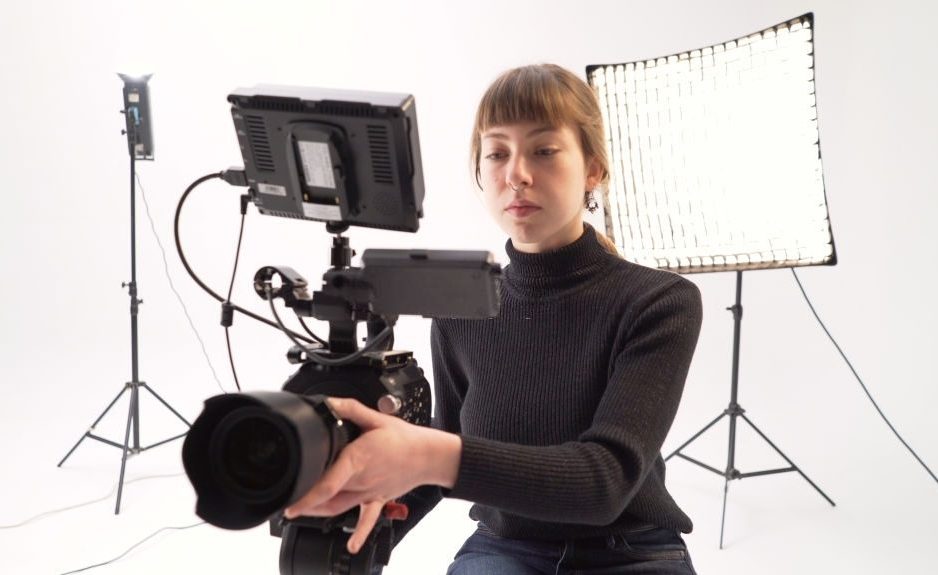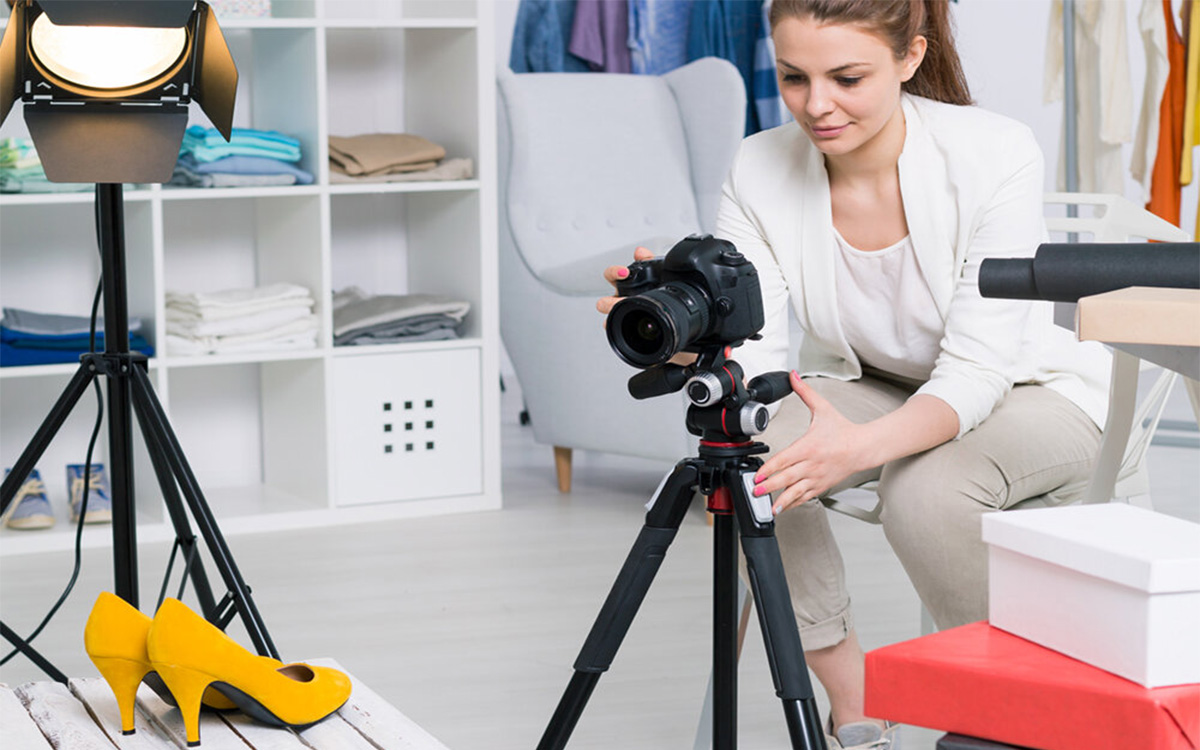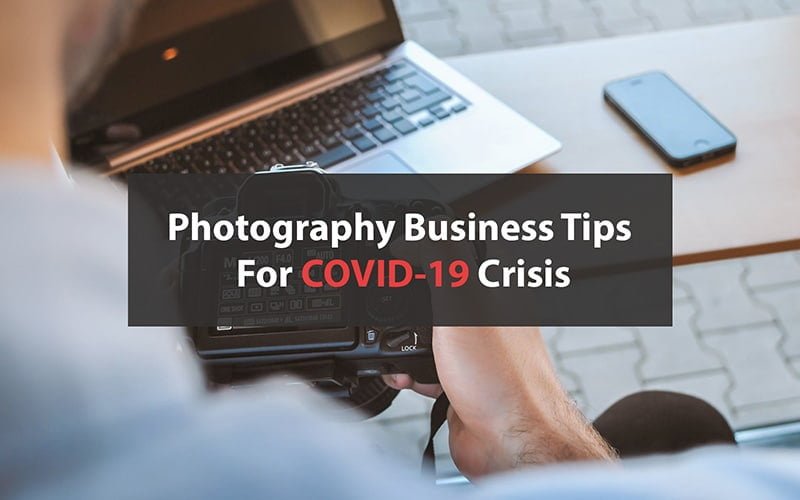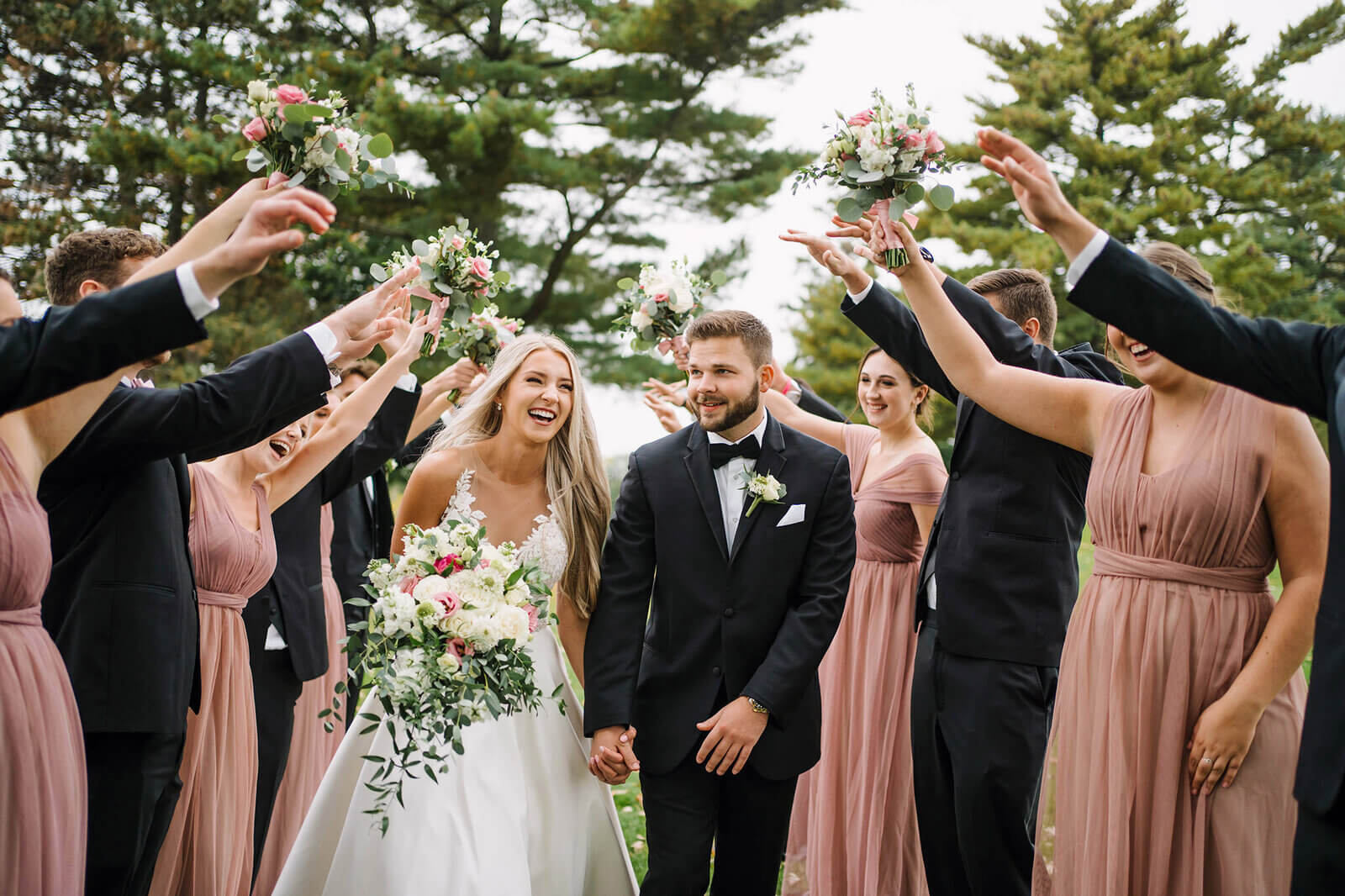Ecommerce product refers to those that are being sold through online platforms. At present, every product is available online, and so it’s easier for consumers to switch products.
That’s why highly competitive e-business gives heed to product images. Those images play critical roles in convincing clients. In this way, e-commerce product photography is continuing its performance.
To fulfill clients’ demands and make them happy, photographers need to concentrate on their work. An e-commerce photography studio serves that purpose just right.
To build your own ecommerce product photography studio, you need to implement a strategic plan, which includes studio layout, budget, room division, and workspace decoration. With that, you will be good to go anytime.
Such studios are of different sizes, large, medium, and small, depending on products to be shot. In this article, I will cover a studio setup that can be customized for all sizes of studios.
Let’s start.
What you’ll learn in this article
What is an Ecommerce Photography Studio?
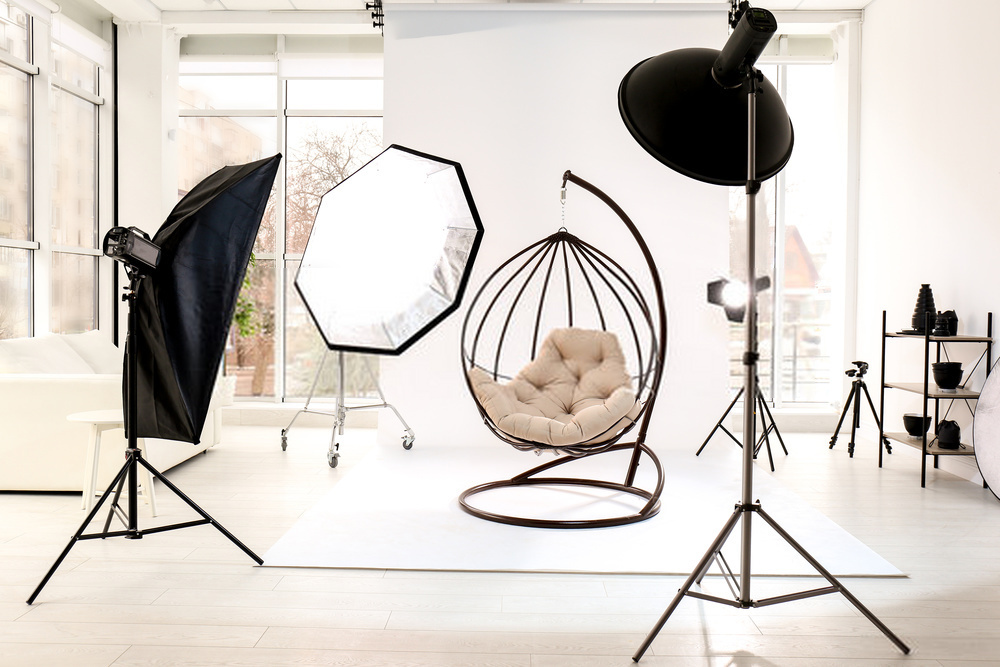
E-commerce product photography studio is called an e-commerce photography studio in short. However, we need to remember that it is very different from an e-commerce product store. The former is an online store.
The latter, ecommerce photo studio, is a substantial place where professional photographers or freelance photographers, in exchange for payment, take shots of e-commerce products to fulfill their client’s promotion, marketing, and selling purposes.
Portable Studio or Fixed Studio- Which One Is Better for Product Photoshoot?
By now, you have probably decided your type of studio among the plenty of photography studio setup ideas. But the vital question arises here, should it be portable or be established in a fixed location.
There are a number of factors to consider here, which will take up some time if I describe them. I would rather show than tell through a comparison table.
Step-by-Step Guide: How to Build an Ecommerce Product Photography Studio?
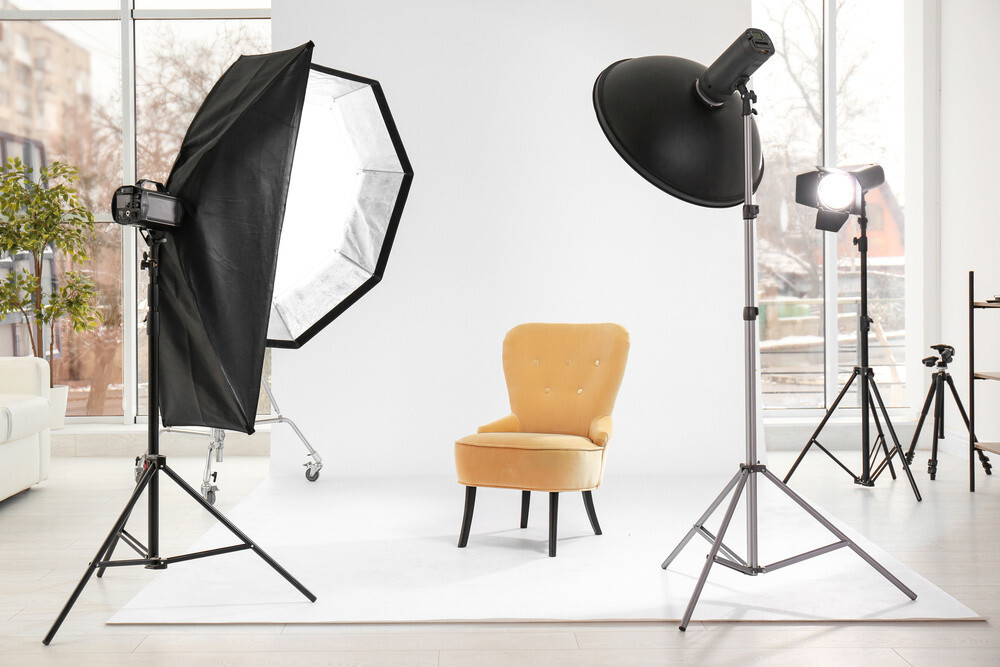
Photography for eCommerce products is a booming industry. And the necessity of photographs there is comprehensible in this day and age. Well-taken photos can address the buyers’ needs and help increase e-commerce business sales.
To meet the rising demands and stay ahead of the competitors, either knowledgeable people are starting businesses and recruiting photographers or professional e-commerce photographers have their expertise on the table.
So, if you fall into these categories and want to establish your own eCommerce product photography studio, let’s proceed.
1. Plan Photography Studio Layout
As soon as you manage to get a place for a product photography studio setup, time to plan with the studio layout. Depending on your photography niche, the layout may have variations; however, ensure including these-
- How to decorate the interior of the studio?
- Which type of product photoshoot do you do? Is it small, medium, or large in size?
- Which equipment will be appropriate for your type of product photoshoot?
- Will those pieces of equipment fit in the space? If not, what alternatives are there?
- In which spot is the equipment going to be placed?
- How do you plan on shooting? Is it for a specific time or for whenever your clients want?
Having these answers will lead you to visualize a nearly plausible layout.
2. Define Your Cost to Start
You have the layout; let’s sit for counting the cost. You probably have a handsome amount of money ready. If the budget is ample enough, you may customize the whole place as per your preferences. If not, you may go for some cost-saving solutions, not to change the sides, which will continue to work on in some way.
For example,
- You spend the money to buy equipment and some mandatory pieces of furniture.
- You are not going to color the walls of the room, rather use a backdrop on the side where you are going to shoot.
- If you don’t have enough space, go for serving one client at a time instead of having a client-in-queue.
- For the time being, you can stop buying things that aren’t directly related to your photoshoot works, such as tree plants for room decor.
Estimate all of these and then calculate; you will have a budget around which your actual costing will land.
3. Optimize Your Workspace
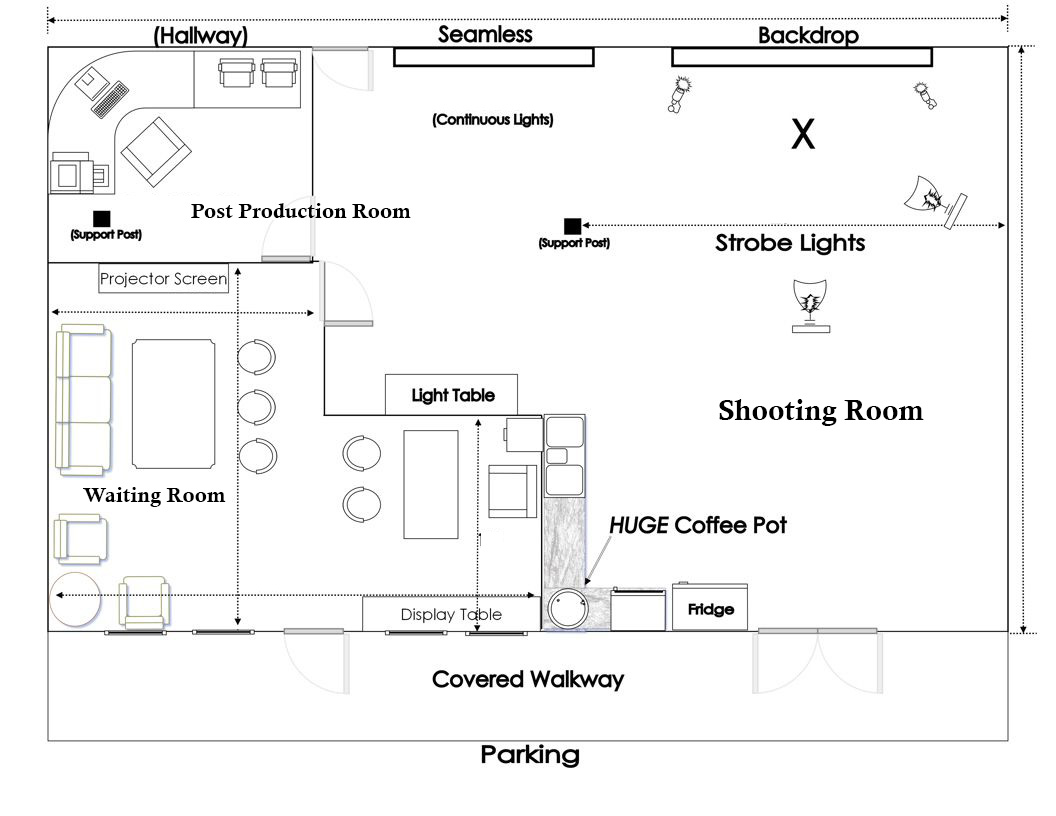
At this point, I guess, you have your necessary equipment, furniture bought along with all the necessary tools in hand, let’s go for optimizing the place.
First, consider which is going to be your-
- Photoshoot Room
- Post-production Room
- Meeting Room
- Waiting Room
If you have separate rooms, good. If not, you can use some partition walls to divide it.
After that comes decoration. The rooms need the necessary equipment and furniture. Here’s an image to show how to decide where to put those (feel free to adjust).
Source: Pinterest
No matter how you choose to decorate the room, make sure it doesn’t look cluttered or weighty. We know organized equipment helps us to concentrate and work peacefully.
4. Purchase the Perfect Gears
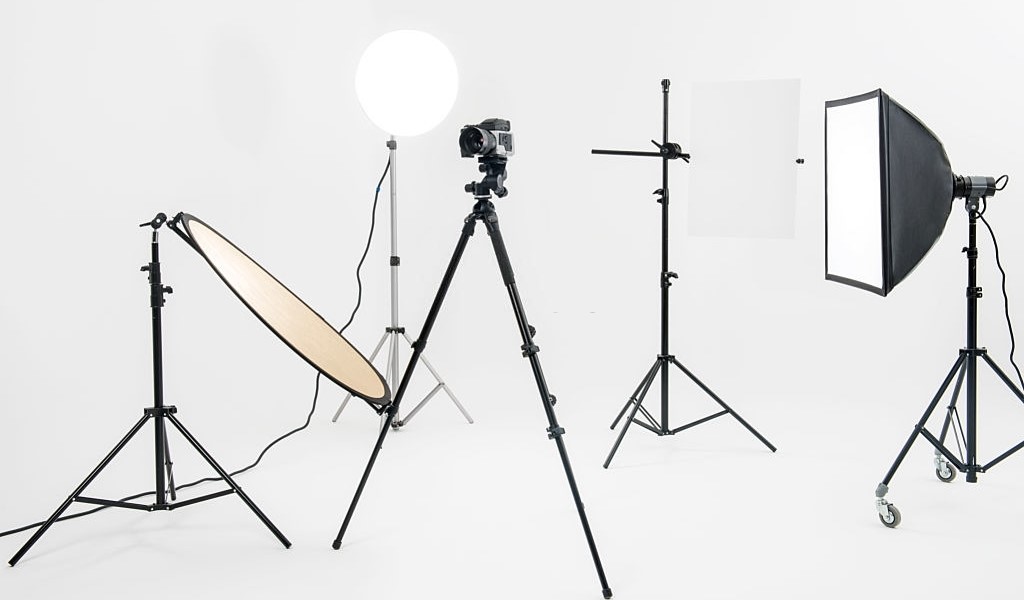
When it comes to gear, truth to be told, it costs a pretty penny altogether. Because, equipment for commercial product photography tends to be pricey.
At times, you may go for pre-owned gears. But that’s not an alternative to a permanent solution. This reminds me of a speech once I heard- “equipment runs fast in its owner’s hand”. It means the original user knows every nook and cranny, so it’s easier for him to use his own equipment or tools for work.
Photography gears include a lot of items. These are some essential gear you must own before getting down to business-
I. Camera
You must be picky while choosing the best camera for product photography for ecommerce. Consider these following matters when you are going to buy a camera-
- Is it the latest model?
- Is the image quality sound enough?
- What are the specifications?
- Are the functionalities perfect for you?
- Are there lenses available for it?
- Is it proportionate to your hand?
- Is it around your budget?
If everything goes well, check reviews and ask professionals to decide the one you are looking for.
II. Lens
You need to find the best camera lenses that are compatible with your camera and assist your shooting. Many camera brands put lens selection, so it should be somewhat easier if you look at that at first.

Source: Panasonic
Regardless, here is the answer for how to choose a camera lens, which will mostly help first-time lens buyers. To figure out how to choose a camera lens, look for-
- Dimension
- Focal Length: Fixed or zoom enabled
- Maximum Aperture
- Field of View
- Speed of Focus
- Crop or Full frame
- Image quality
- Magnification
- Price etc.
III. Tripod
A tripod helps get rid of tremor, motion blur to ensure steady photos of accurate balance. Ecommerce product photography requires the same shot taken from a static point and leveled distance (i.e., hero images of ecommerce platforms like Amazon, eBay).
Also, the environment requires to be still, if not for any dramatic situation. You get to do all that with a tripod, even shoot in long exposure and low light.
IV. Cards and Batteries
Cards like Grey card, Memory card, SD card, CF card- have all these with necessary backup. Ensure to get the right one because cards are very subtle yet impactful pieces of equipment; any problem can ruin the entire shooting setup. Also, ensure keeping them in a safe spot so that it is portable when in need.
Have some rechargeable batteries as well; situations like ‘battery died’ occurring during shooting isn’t something new.
V. Camera Cleaning Kits
Photography gears are sensitive equipment and quickly accumulate dirt and dust. Neglecting cleanliness is detrimental and can cause permanent damage. So, how to clean the camera lens or the body when that happens?
It’s all right; no need to freak out. Platforms like Amazon are the best for finding different products, have a peek at them whenever you need to.
5. Setting up the Perfect Backdrop
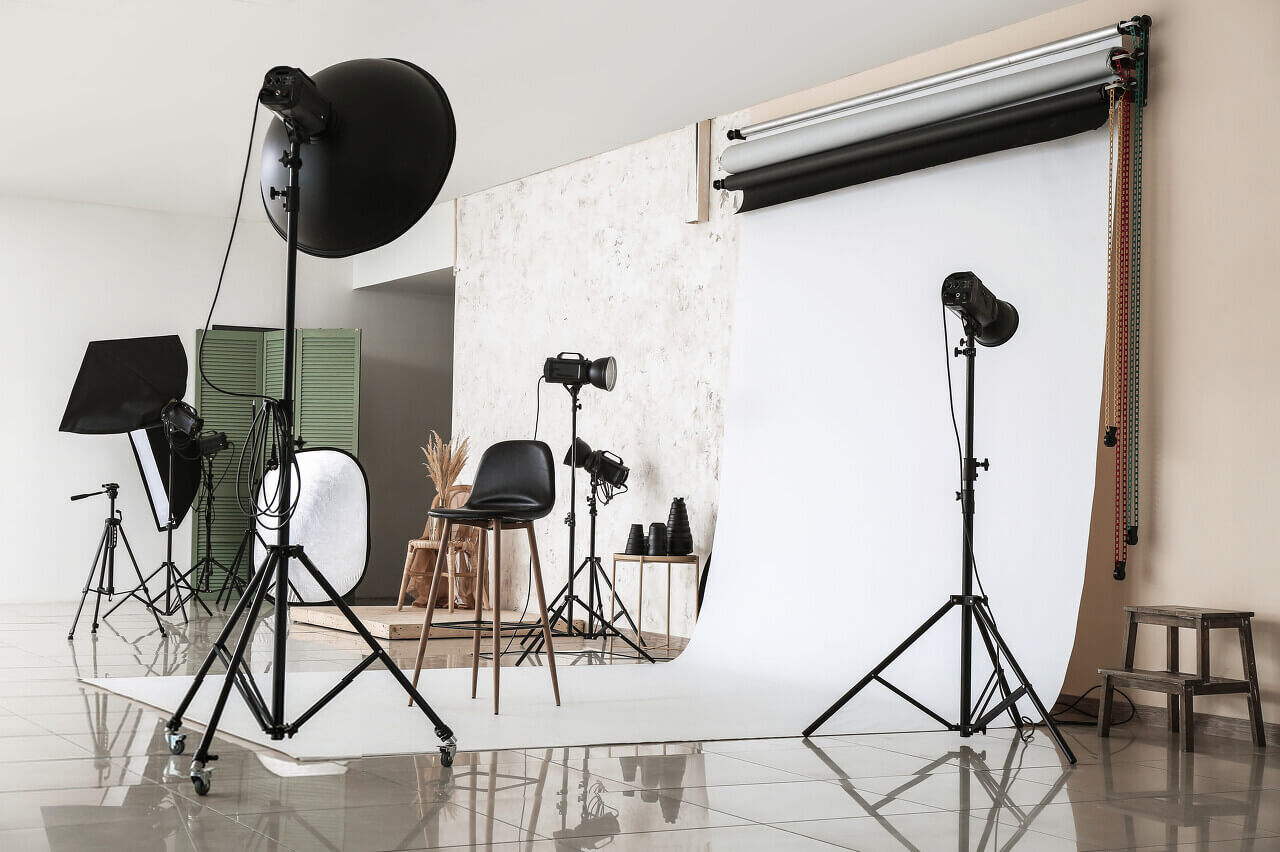
You need studio backdrops for the photography session. A good backdrop has an unimaginable level of support to glorify an image. Therefore, you are suggested to have backdrops of different types rather than a single piece.
Nowadays, backdrops are available at e-commerce stores and even near any store around you so that you can always find something eye-catchy.
There are different types of backdrops available. However, these are the most popular types of backdrops-
- Fabrics
- Canvas
- Chroma Key
- Collapsible
- Floordrops etc
With a background stand, hang it where you will shoot the product, and there you have it.
6. Setup Lighting Equipment

Lighting has an enormous impact on photography and is a must for commercial-standard photography. Products appearance, workability, size- lighting makes everything visible along with a message. So, make sure ample light penetration to your setup.
You already know, there are 2 types of light sources- 1. Natural light, & 2. Artificial light.
Natural light
Sunlight is the greatest free-of-cost source available. You can take advantage of it as much as possible. Just avoid the time when the daylight is harsh. Other than that, you can continue shooting any time of the day.
The only problem is, this light isn’t constant, and you can’t shoot at night. Due to this, the 2nd option steps in.
Artificial Light
There are various types of studio lighting for product photography. To brighten studios, these are some available options most photographers use-
- Strobe Light: Produces short but bright flashes.
- Fluorescent Light: Helps enlighten a large area.
- LED Light: Provides continuous lighting.
- Softboxes: Come in a square, a rectangle, or an octagonal shape.
- Modifier: A lighting accessory helps control lighting, such as umbrellas, diffusers.
- Reflector: Helps light to bounce and enlighten other places.
How to make your studio brighter?
Here’s the solution, use- ‘three-point lighting technique.
3-point lighting is the work to brighten a subject in focus from 3 different points of light source, as shown in the example-
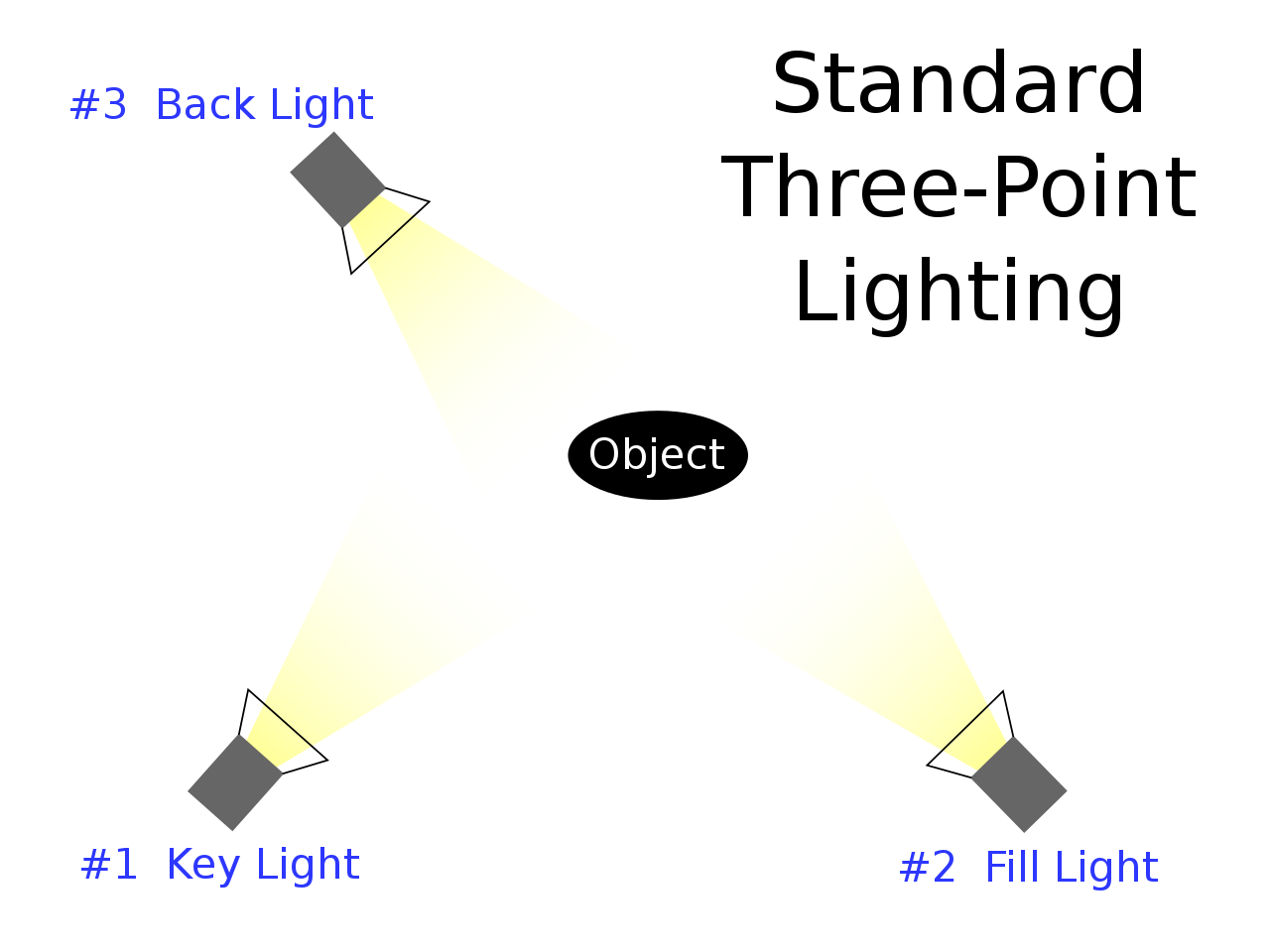
Commercial photography uses this to work on cast shadows and uneven lighting.
i. Key Light
The key light is the main light that alone can brighten the whole focal point. This fills up the most spots along with the subject in focus continuously. It is the mandatory one; other lights are used to complement it to ensure even gleam.
ii. Fill Light
It assists the key light by driving cast shadows away on the spots where fill light can’t reach. Fill lights have the same radiance as the key light; however, choose a fill light that allows moderate shadow on the subject to make it realistic.
iii. Back Light
Backlight is also called rim light or hair light. If your subject is somewhat bigger, you want it to stand far from the background; you need a light there; otherwise, the backside will appear dark.
7. Use Tabletop Photo Studio Kit
For Medium or small-sized product photoshoots, you can use tabletop kits. A miniature setup is enough to cover these photoshoots, and what’s more, this doesn’t take up much space. On a flat surface, you can put the products, above it place the light setup, and that’s it.
8. Choose Your Post-Production Processing Software
If not your clients directly ask for, you won’t send the raw, unprocessed images. A slight touch of photo editing software can dramatically change the overall outlook of any image. Some photographers are experts in using photoshop tools.
If you want to do the work by yourself, go for industrial-standard photo editing software like Adobe Lightroom. Doing this work by yourself may appear a smart option at first, but for a completely occupied photographer, this work will create an additional burden.
Therefore, they outsource professional photoshop services to cut costs and thus save plenty of time.
For getting premium-quality creative photos, we recommend you hire the best clipping path service provider company as well.
Practice, Fine-Tune, and Outsource
You are skilled, have your studio ready; now properly promote your works and wait for your targeted clients to reach you. In the meantime, practice and fine-tune your work. Make sure you will be fine when you are going to start the real job, even if it makes you nervous. As you practice, your skills grow.
Also, modify your processes to grow your business along with it. Pay complete attention to your clients, ensuring delivering their desired results. It can be done mostly through post-production. Suppose you don’t have a separate department for this. In that case, outsourcing eCommerce image editing service is suggested to avoid any unnecessary complications down the road.
Post-production is known as the 2nd phase of photography. This requires a whole new level of thinking, planning to develop, and execution. If you are hasty here, all your attempts may go in vain within seconds. Yes, photo editing works require that much attention! And that’s why larger companies outsource their e-commerce photography altogether.
To Close Up,
Building an e-commerce photography studio is similar to starting a new business.
You have to work hard, stay close to your studio, focus on every up and down, and provide quality services to ensure clients’ satisfaction.
All these will lead to successfully establishing your studio, make you a famous photographer and stay ahead of the competition.
Remember, every effort you make takes you a step closer to your success. So keep going till you make it.
